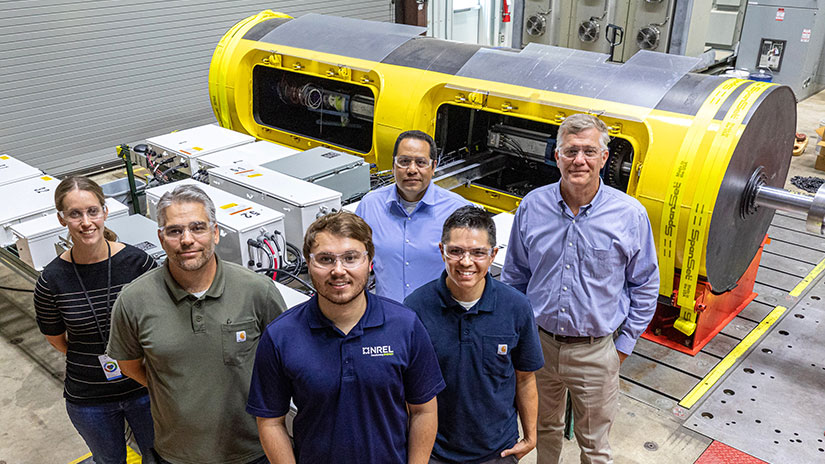Work With Us
The National Laboratory of the Rockies (NLR) water power team is ready and able to partner with industry, academia, research laboratories, and other stakeholders to solve challenges facing the hydropower and marine energy industries.
We provide our partners the support they need through various forms of collaboration and access to NLR's water power facilities and research and development capabilities.

Facilities and Capabilities
NLR has the facilities and capabilities to support the development of water power technologies from concept to commercial use.
Learn more about our research areas, our data and tools, and our facilities—even take a virtual 360-degree tour.
Partner With NLR
Partner with us through technology partnership agreements. Participate in subcontracted water research through solicitations and requests for proposals. Use our cutting-edge research facilities to develop, test, and evaluate water technologies.
Please explore our marine energy and hydropower webpages for our areas of expertise, including:
Laboratory and open water testing
Standards alignment and risk management
Modular Ocean-source Data Acquisition
License Our Technology
License our technologies with licensing agreements. See what technologies are available for licensing on the U.S. Department of Energy's Lab Partnering Service.
Join Our Team
We're always looking to expand our team. In the past, interns have contributed to NLR's water power work through the Science Undergraduate Laboratory Internship program.
Explore all of NLR's opportunities: Job | Internship | Post Doc | Director's Postdoctoral Fellowship.
Plan Your Visit
NLR's Golden, Colorado, Campus
Contact Us
Share
Last Updated Dec. 7, 2025
